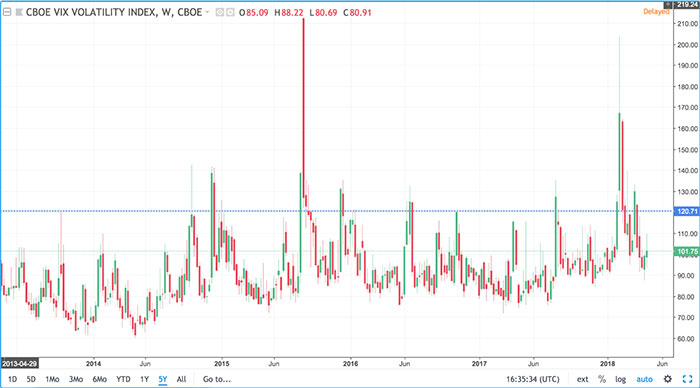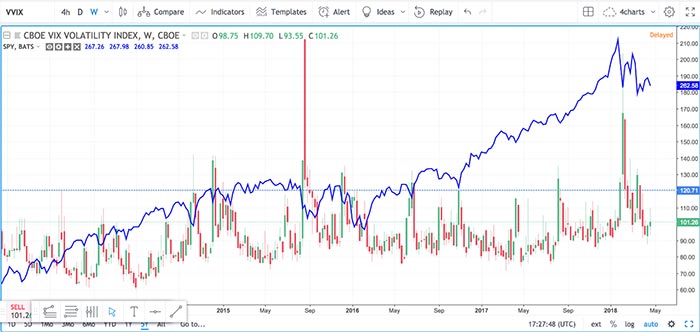You’ve surely witnessed this scenario before.
You bought company XYZ thinking that it’ll handily beat its earnings.
The earnings are much better than expected. However, the stock sells off, thereby doing the opposite of what you thought would happen.
You curse the trading gods as you ponder what went wrong. The earnings were good — the stock should have gone up!
The truth is, you are a victim of first-order thinking.
What Is First-Order Thinking?
The best traders have an ability to think through scenarios to the second order.
Famed investor Howard Marks explains the concept of second-order thinking in his book The Most Important Thing:
First-level thinking is simplistic and superficial, and just about everyone can do it (a bad sign for anything involving an attempt at superiority). All the first-level thinker needs is an opinion about the future, as in: “The outlook for the company is favorable, meaning the stock will go up.” Second-level thinking is deep, complex and convoluted.
When it comes to the market, we’ve been advised to buy when “there’s blood on the streets,” or when investors are selling in panic.
What the VIX Indicates
One way to assess the amount of fear or panic in the market is by watching the CBOE Volatility Index, or VIX. The VIX is designed to track the 30-day expected volatility of the U.S. stock market, and is derived from the prices of put and call options.
Essentially, the VIX indicates the amount of premium that option traders demand in order to write (or sell) options. A higher VIX reading indicates more expected volatility, while a lower VIX reading means traders are anticipating quiet markets.
But if everyone knows that everyone knows the VIX is the fear gauge, does it still serve a useful purpose? In other words, if an indicator is known to signify a buying opportunity, isn’t that simply superficial, or first-order thinking?
Enter the VIX of the VIX
The VVIX, or the VIX of the VIX, is a volatility index that tracks volatility. It measures the expected volatility of the 30-day forward price of the VIX.
I know this is getting somewhat abstract, so think about it this way…
Let’s say you have a house, and you purchase flood insurance on that house.
The cost of flood insurance would be the VIX — it’s the insurance company’s expected risk that your house would encounter a flood within the next year.
Let’s say the city then builds a dam in your neighborhood. Now your house is located in a potential flood zone.
Everyone would assume your flood insurance costs will be going up next year.
In this case, the VVIX represents the change in the price of your flood insurance. It’s the expected price move in the expectations of the insurance company.
Got it?
The VVIX tells us when there’s panic in the panic index. And because of this, it’s been remarkably consistent in picking short-term market bottoms.
Here’s a chart of the VVIX going back five years:

The VVIX has dipped as low as 60. And it was as high as 210 in August 2015 on a day when the Dow Jones Industrial Average crashed 1,000 points on the open.
The line in blue is the 120 level of the VVIX. A reading here is associated with an extreme change in the perception of volatility. This rapid change in perception usually indicates fear at its highest, and that stocks are near a buying opportunity.
On the following chart, you’ll note that nine out of the last 10 times the VVIX reached 120, it marked a significant buying opportunity:

The Bottom Line
The VVIX adds another dimension to the perception of volatility, which might make it a more accurate measure of fear in the market.
This index allows for second-order thinking over simply looking at the VIX and trying to assess fear in the market. It allows you to see when the panic gauge is panicking.
Regards,

Ian King
Editor, Crypto Profit Trader
Editor’s Note: Wall Street legend Paul has a proven track record of helping people just like you make fortunes. His research helped one person make $254,030 on just one trade … another made $109,000 on just two trades … and he even helped a couple add $700,000 to their retirement account in less than a year. Are you ready to experience incredible, life-changing gains like these? If so, click here now for complete details.




